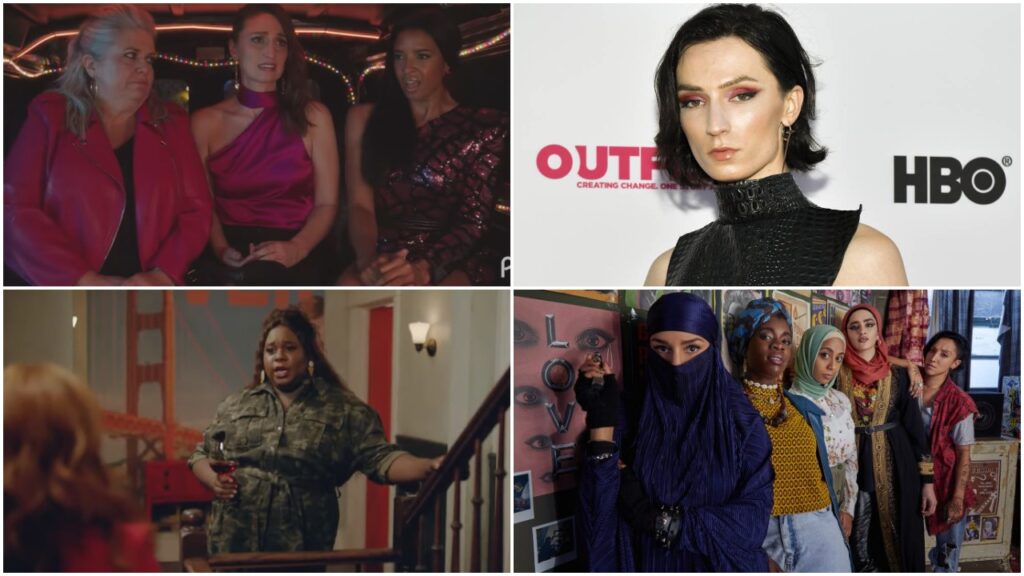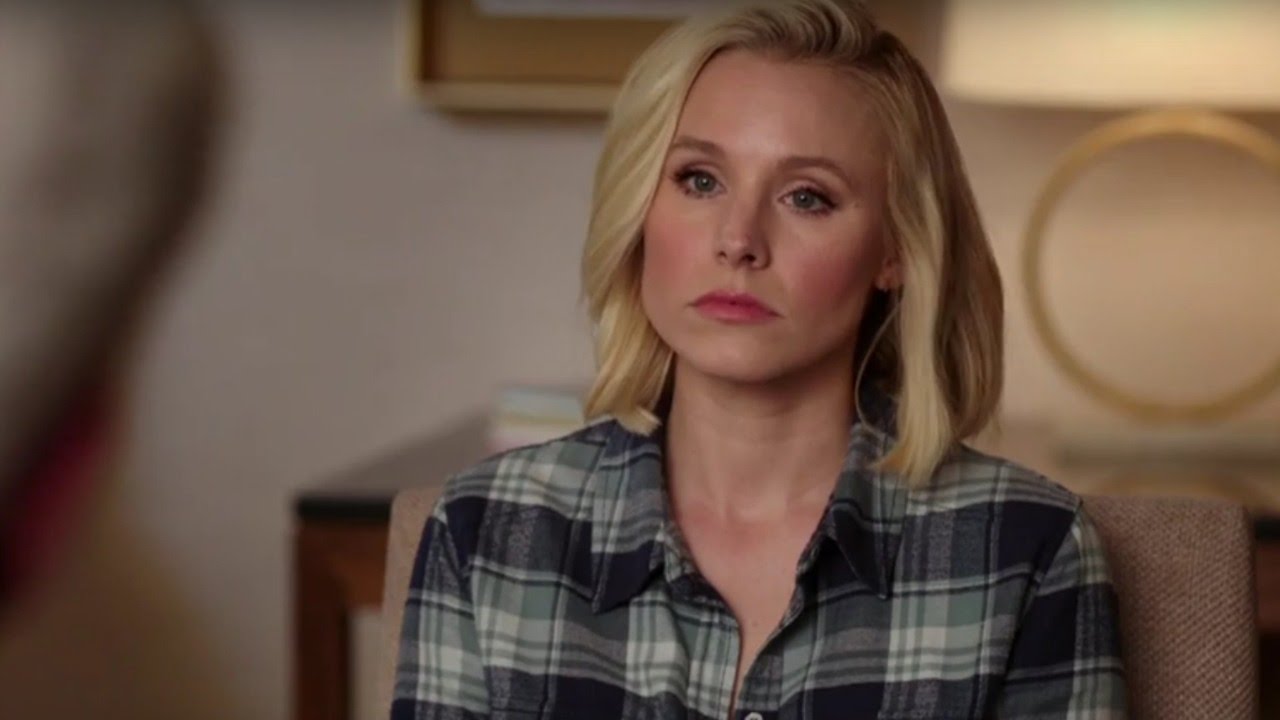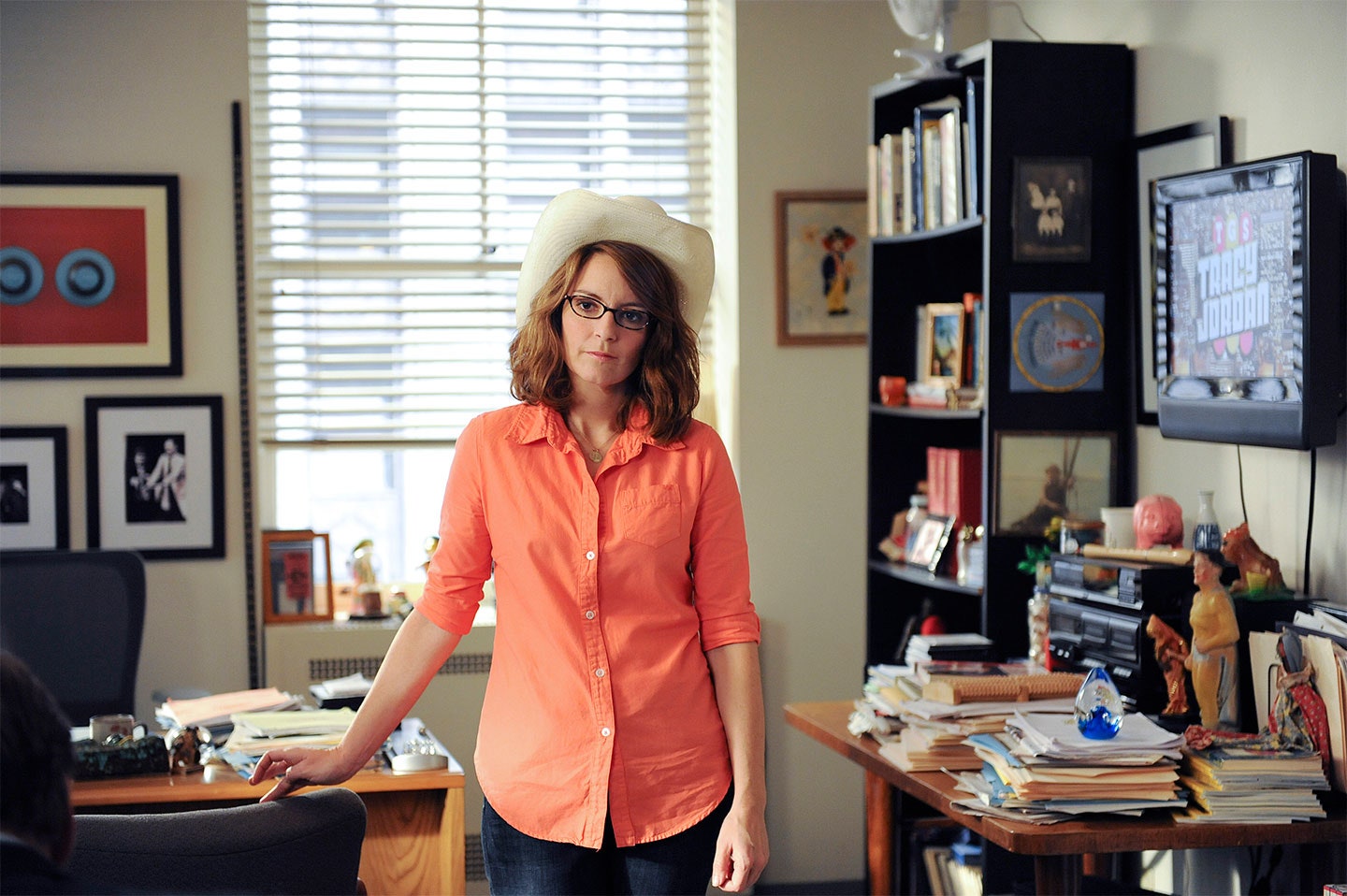
American serials' history can be traced back as far as the 1940s. These serialized stories were first broadcast live in the morning. Some serials were initially produced in New York. Other serials were produced on the West Coast and Los Angeles. Many of these serials were produced in New York, while others were produced on the West Coast. Most productions switched to taped production due to tight taping schedules, and the inability of performing multiple takes.
The majority of US serials are now broadcasting one-hour episodes. These shows often end with dramatic cliffhangers at the end of each season. Some shows air twice weekly, like The Bold and the Beautiful and General Hospital.
The characters of daytime soap operas often resemble those in romance novels. These shows usually have a high concentration of romance storylines, which are woven into convoluted and intricate plots. They frequently deal with extramarital affairs and family discord. Usually, these stories take place inside the home and in a hospital. Occasionally, they have big-business intrigue. While these series are almost all taped, the visual quality of these shows is not as good than that of U.S. prime-time dramas.

Telenovela is another type of serial. It is usually shorter than a daytime soap. Although it shares some similarities with soap operas, the main difference is its shorter storyline. Telenovelas usually last for about one year.
Telenovelas or soaps usually run on videotape. Some older programs, however, were broadcast live. Unlike serialized films, these programs usually do not include stunts or complex physical action. This is due to the fact that these programs are very affordable. Because these programs are on videotape they do not require extensive post production.
In the 1980s the majority of daytime serials featured one-hour episodes. Dynasty (and Dallas), Knots Landing (and Falcon Crest) were the most popular serials. These serials featured both wealthy and promiscuous protagonists as well as their antagonists.
Agri-soaps started to lose popularity in the 1990s. New programs were produced to compete with the success of these shows. Some of these programs, such as The Sullivans, were aired by the Nine Network. Others, such as Neighbours, were produced by the Seven Network.

Agri-soaps were replaced by new soaps in the 2010s with The Clinic, Richmond Hill, RAW and RAW. Eventually, the Nine Network and the Seven Network decided to replace these programs with several new soap operas. Most of these programs were produced in the evening time slot.
Norman Lear, an American comedy television legend, created several classic serials in the early 20th century. All in the Family was one of the most innovative serials in the genre. Several of his other serials, including Cagney & Lacey, Port Charles, and Dark Shadows, were also well-known and respected. He was among the first comedians to address prejudice, racism, or social injustice.
FAQ
What does it cost to produce a commercial?
Producing a commercial can be expensive. It depends on the length of your commercial, how many actors are involved, where the shoot is taking place, and other factors.
In general , a 30 second commercial costs $20,000-$40,000.
How long does it take for a commercial to be made?
It depends on the project's size. A small project might only need one person to film it, while a large project may need several hundred people.
A 30-second spot takes on average between 2-5 Days to complete.
Does TV affect sales?
Because TV allows customers to see the products available, it can affect sales.
Before buying something, consumers often compare prices. People often look at product advertisements and think, "I wonder how I can afford that?"
Statistics
- Video-ad views on OTT (over-the-top) devices grew 63% year over year in Q3 2016, and the trend is expected to continue, further crippling traditional TV advertising. (clearcode.cc)
- Radio is extremely accessible – 95 percent of cars have radios, and 99 percent of homes have radios. (marketingevolution.com)
- 93 percent of American adults listen to the radio over the course of the week. (marketingevolution.com)
- To get estimated costs for airing a 60-second TV commercial in different regional markets, check out the following figures in this TV ad pricing chart from the media experts at Casual Precision. (fitsmallbusiness.com)
- In fact, when the ad first launched, Dos Equis quickly became one of the fastest-growing beers, increasing its sales by over 22%. (qualitylogoproducts.com)
External Links
How To
How do you create your first TV commercial?
You must first identify the audience you wish to reach. Are you trying to attract new customers? Or are you targeting existing clients? You need to make your video entertaining and informative if you want to attract new customers. If you are aiming to attract new clients, your video should be more focused on selling your product.
Once you've identified the audience, it's now time to determine what message you want. Are you looking to make people laugh? Do you want to be serious? Perhaps you are trying to get them to buy something.
Next, you need to decide whether you want to use voiceover or not. Voice-overs are great because they allow you to deliver your message without actually seeing yourself. However, they can be cheesy. If you don't enjoy using voiceovers, you might consider writing your own script.
Finally, you need to think about what kind of camera angle you want to use. There are many options available, including close ups, medium shots and long shots.
Now that we have all the basics, let's get started creating our first TV Commercial.